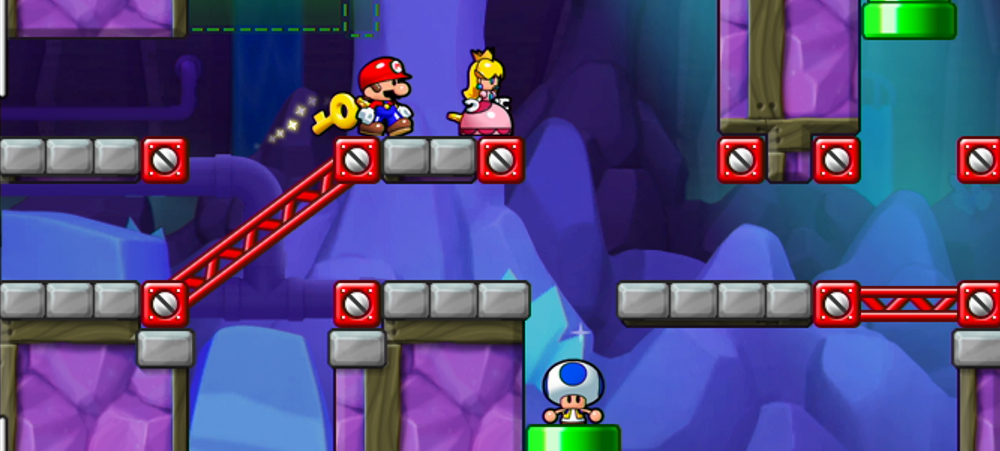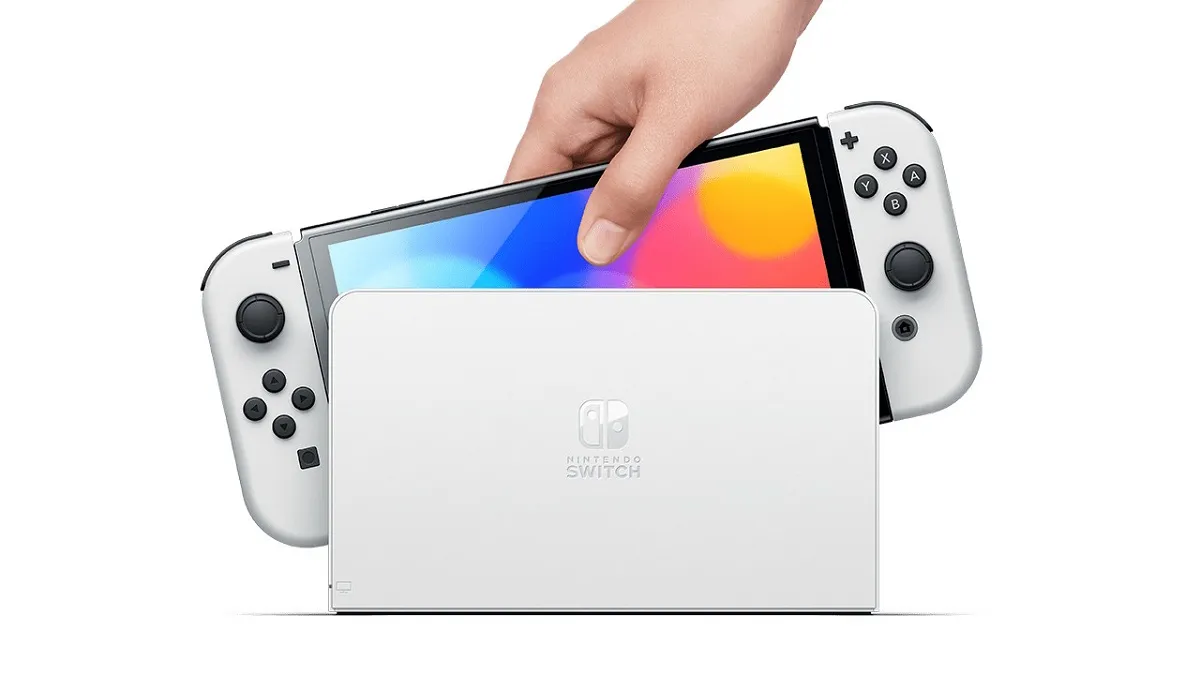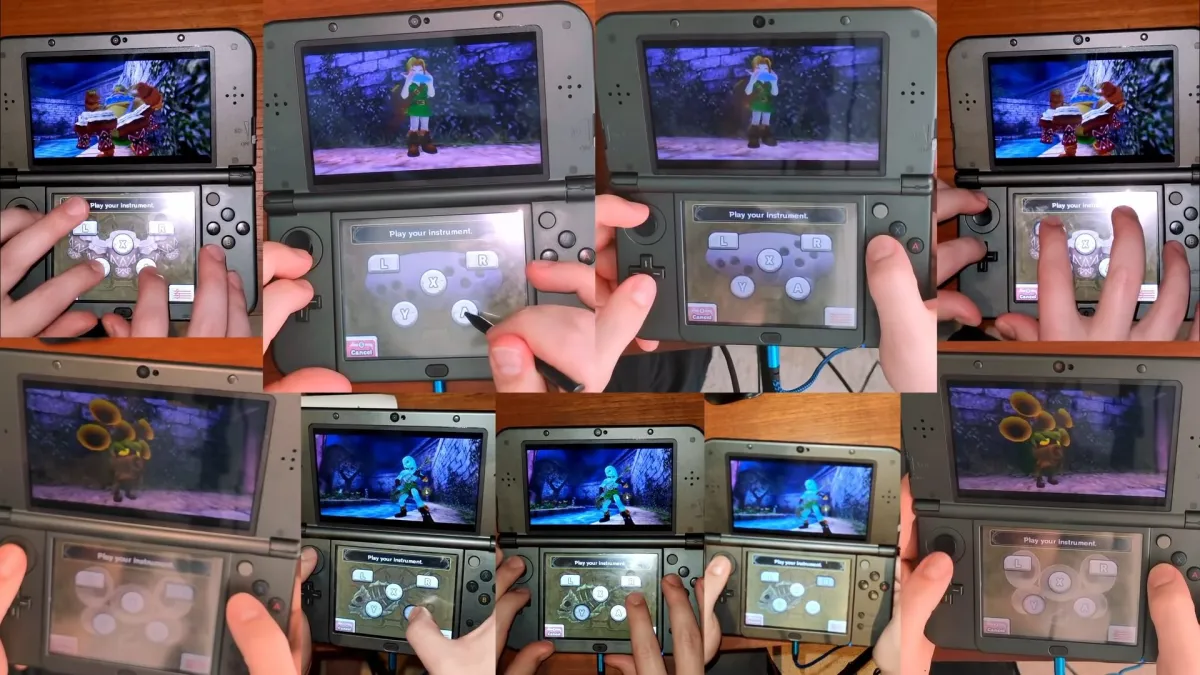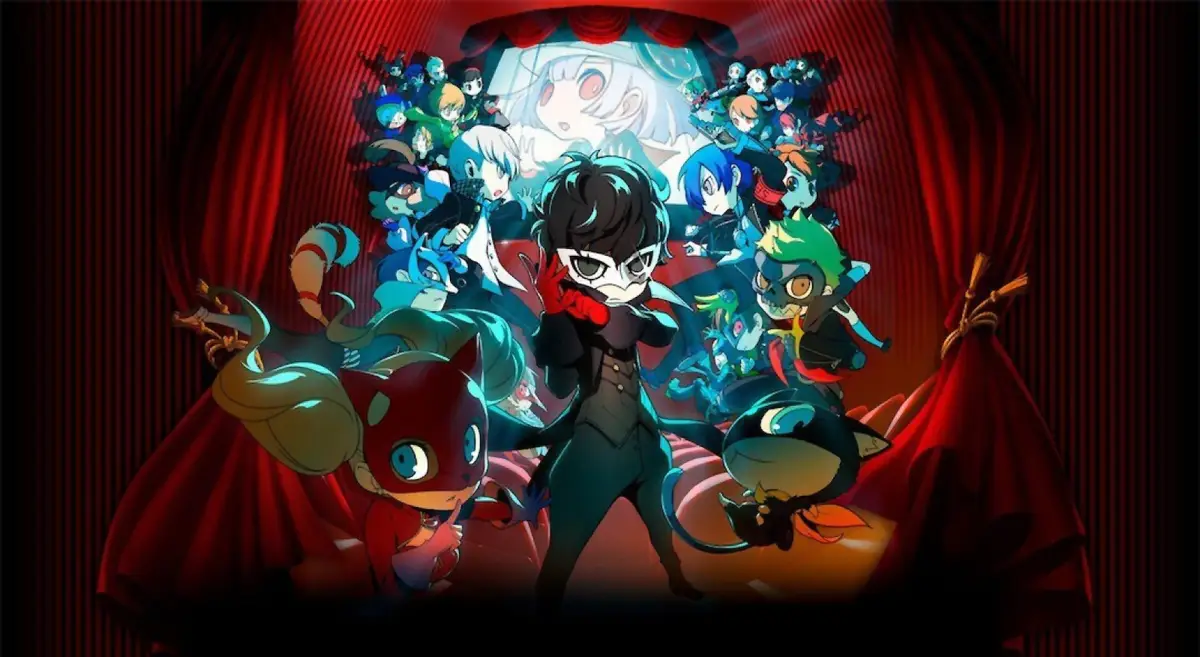?\_(ツ)_/?
A little more than four years ago, Nintendo released Mario vs. Donkey Kong: Mini-Land Mayhem! on the original DS. It continued the series’ focus on the miniature Mario robots, to the chagrin of fans of the platforming in the original. In our review, Jonathan Holmes said “It didn’t make me feel much, or think much, or have much of a memorable effect on me at all.”
Mario vs. Donkey Kong: Tipping Stars plays the same as Mini-Land Mayhem!, but with a few new features. It remains a puzzle game that acts as filler; it can be picked up and played just as easily as it can be put down and forgotten.

Mario vs. Donkey Kong: Tipping Stars (3DS [reviewed], Wii U)
Developer: Nintendo
Publisher: Nintendo
Released: March 5, 2015
MSRP: $19.99
Once again, various minis are scattered across stages, and they must touch all of the coins and get to the exit. The “why” of it is unimportant, it’s the “how” that is the focus. Minis cannot be controlled directly. A mini will start walking forward once tapped with the stylus or if another mini walks into it. Most of the player’s job is to manipulate the environment in order to allow the bots a safe path to the exit.
To that end, there is a handful of tools at the player’s disposal. There are girders that can act as platforms, ramps, and walls. There are springs that allow the minis to clear gaps or reach new heights. There are conveyor belts, lifts, and pipes that will move the little toys around the map.
A tenet of Game Design 101 is to gradually introduce new elements to the player, never overwhelming but eventually creating something complex. Tipping Stars adheres to this idea strictly. Each world features a new environmental piece: the first level introduces it, the next few levels mix it with everything else, and the last few levels require the player to demonstrate mastery in order to move on.
There are a few common threads that tie the worlds together. Each has eight levels. The seventh level always features a Mario mini holding a key and a locked exit. Not only does the player have to complete all of the usual objectives, but he has to have the robots lined up in the correct order, or else the keyless one at the front will just bump stupidly into the lock while the one with the key cannot access it.
The eighth level acts almost as a boss encounter, where one mini becomes possessed and must be bopped with a hammer before the stage can be completed. It adds motion to the otherwise stationary puzzling of choosing which pieces go where.
Despite the fact that Tipping Stars follows all of the rules of good game design, it lacks anything special to make it noteworthy. The puzzle design is straightforward to a fault. Solutions never require lateral thinking and as a result I never felt any sense of accomplishment upon completing one. Instead of making me feel smart it just made me feel mechanical, like one of the minis marching aimlessly ahead. Oh, I finished that puzzle. Onto the next one.

That isn’t to suggest that Tipping Stars is too easy. Some of the later levels (and especially the bonus levels) can be quite difficult. However, the difficulty is often in timing and execution rather than in strategy and foresight. For some puzzles, it’s possible to see the solution but still muck it up by not poking the minis at exactly the right moments.
The level editor from Mini-Land Mayhem! makes a comeback, with the expected incremental upgrades that come with the new hardware. Levels can be shared on Miiverse, and more player-created levels can be saved than before. Basic levels can be created right away, but a lot of cosmetic alterations and the higher level equipment must be purchased with stars.
Stars are the in-game currency, and are generally earned by completing puzzles. Higher scores earn more stars, but each level only grants up to three stars. The key to the economy is that it’s not possible to gain enough stars to buy everything by playing the built-in levels alone. To make up the difference for some of the higher-priced items, stars can also be generated by playing user-generated levels, having one’s own levels played, or by “tipping” another creator for particularly well-made content.

The most commendable addition to Tipping Stars is the inclusion of cross-buy and cross-play. A purchase on either 3DS or Wii U will net a download code for the other, and saved levels can be transferred between the two. It’s nice to see Nintendo testing out the idea, even if it’s on a mundane title.
Mario vs. Donkey Kong: Tipping Stars is not bad. It is essentially Mini-Land Mayhem! with visual and technical upgrades. It never instills any sense of wonder or accomplishment, and it often feels more like work than play. It’s a very paint-by-numbers affair; for a puzzle game it doesn’t actually require much thinking, only doing. It is a game that exists, and that’s about as much as there is to say about it.
[This review is based on a retail build of the game provided by the publisher.]





Published: Mar 4, 2015 11:00 pm